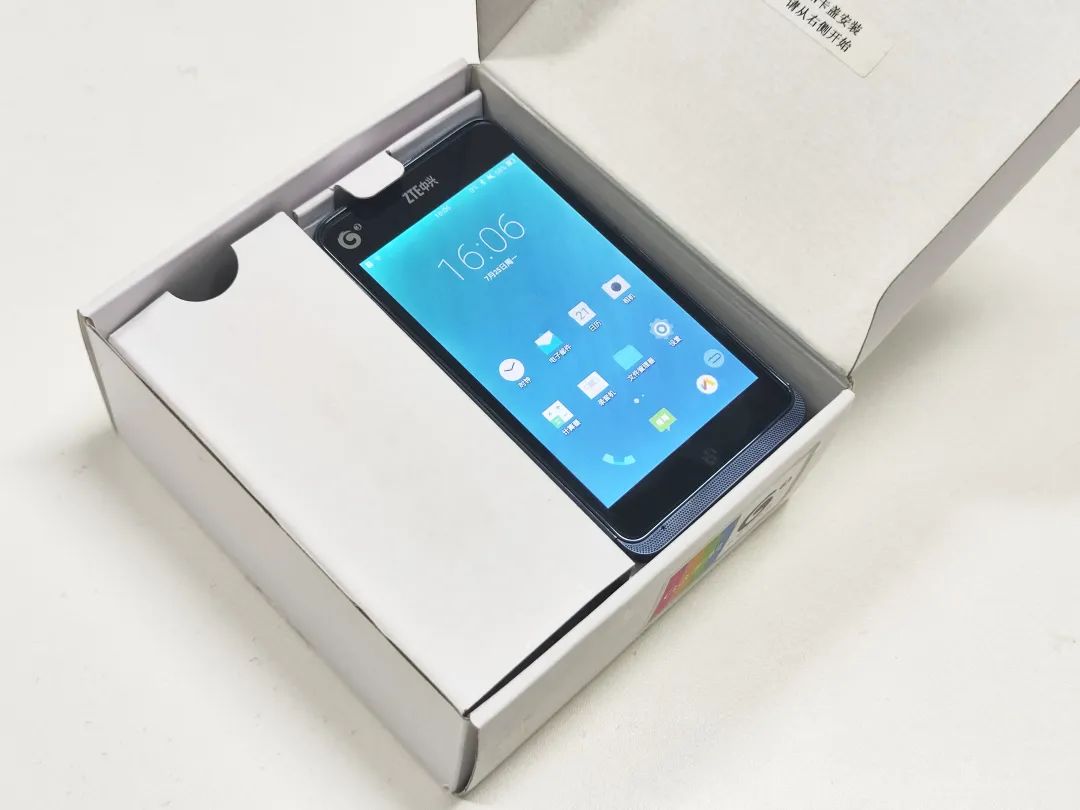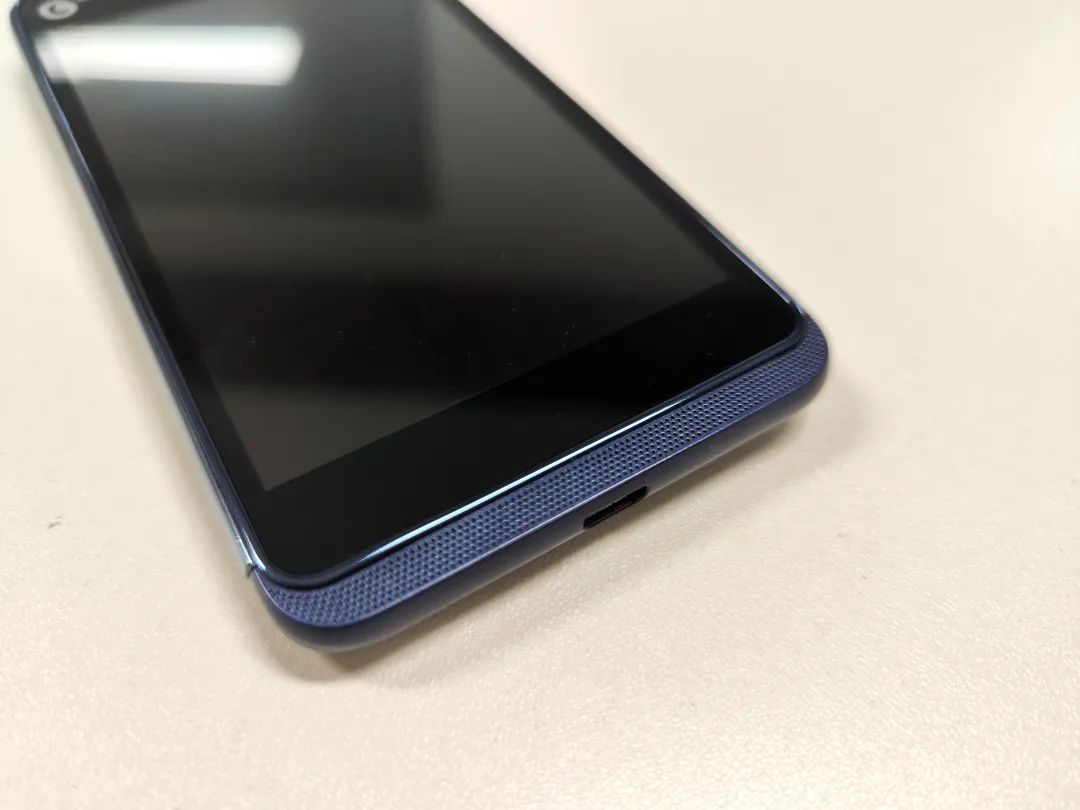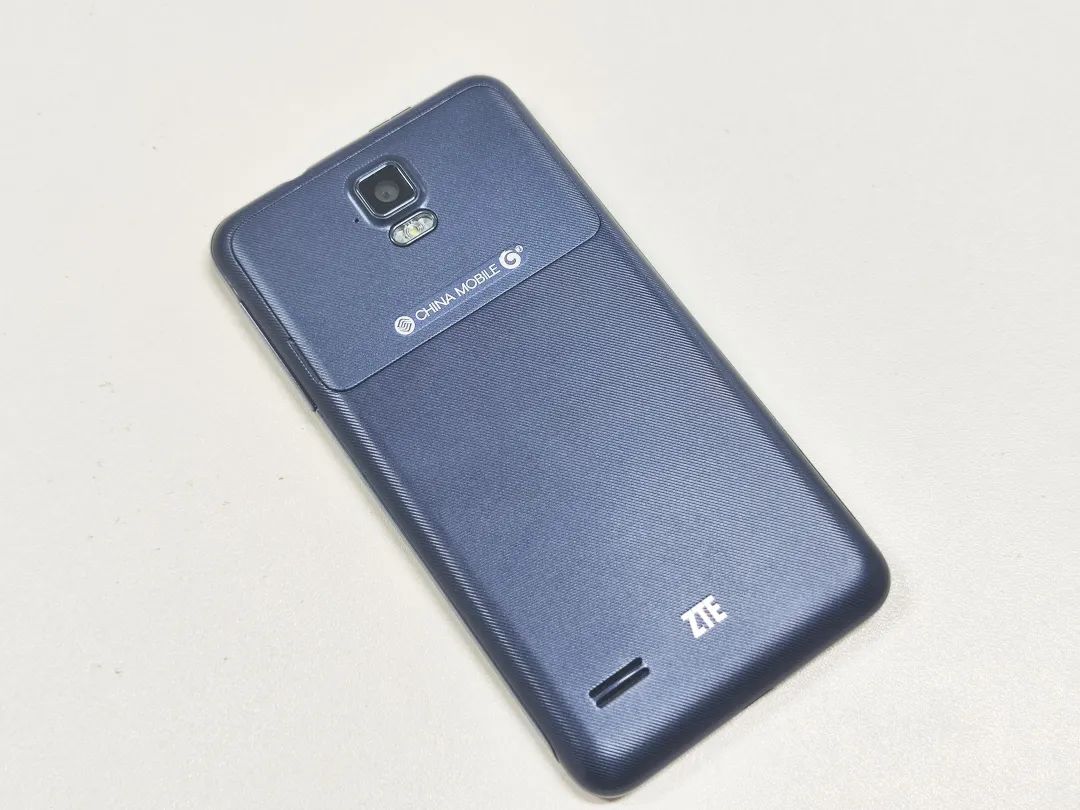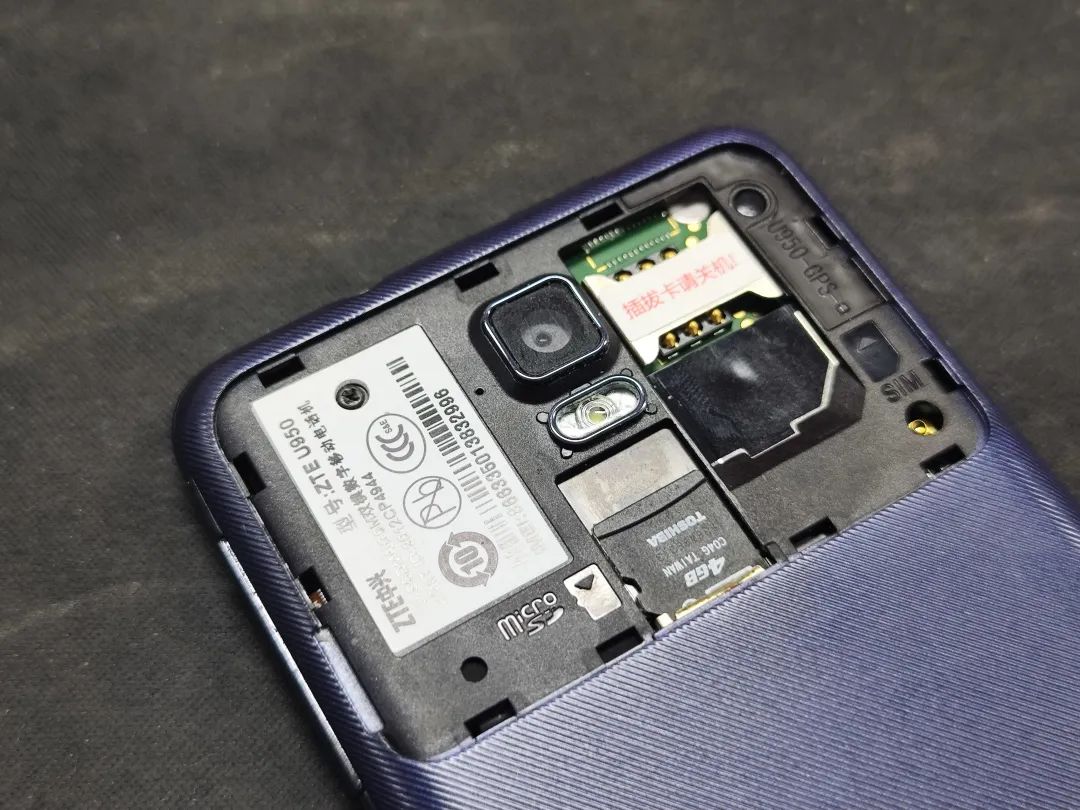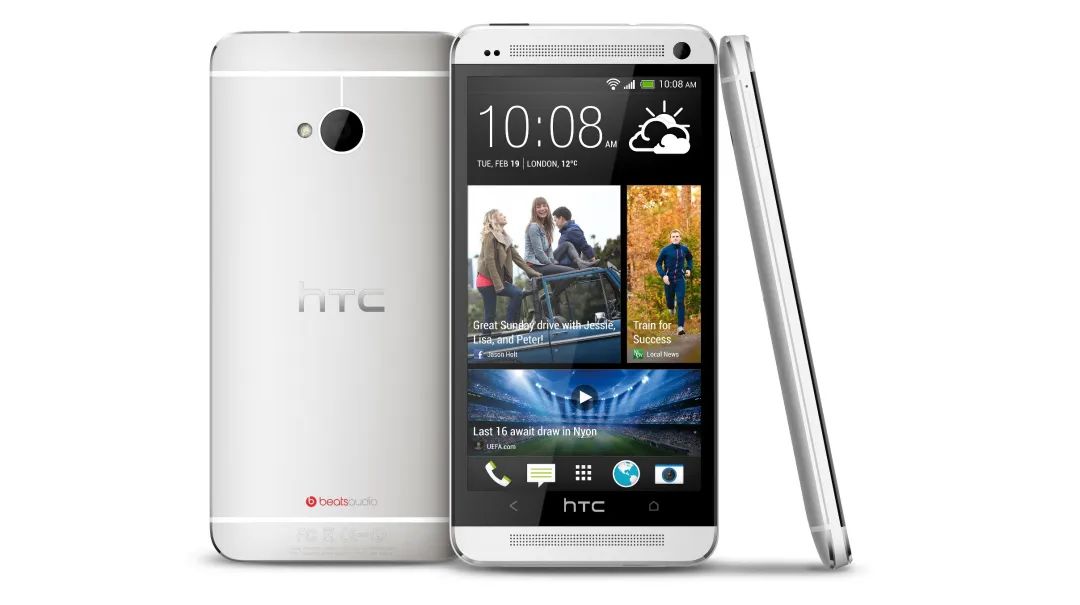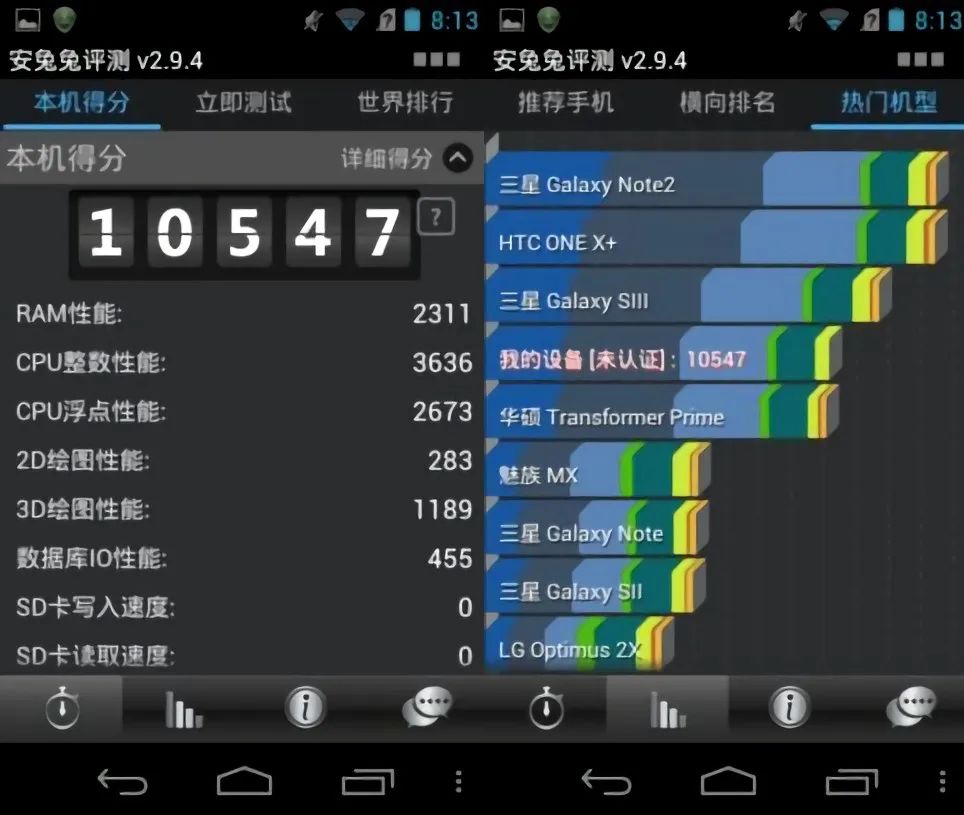Skip to content
In today’s “Internet+” era, mobile internet is rapidly developing, and smartphone technology is continuously maturing. In just a decade, the smartphone industry has gone through several decades of development that the PC industry experienced: mobile processors have evolved from single-core to multi-core, and now focus on energy efficiency with big.LITTLE architectures; RAM has increased from 512KB to a maximum of 18GB, and storage has reached 1TB levels.
As a fast-moving consumer product, smartphones are quickly being phased out today, and digital enthusiasts tend to focus only on flagship phones released by leading manufacturers, such as the latest Xiaomi 12S series or the ever-popular iPhone. However, even in this era, there remains a group of nostalgic individuals who fondly remember older devices, and I am one of them.
In fact, unlike most of my colleagues in the company, I did not have early exposure to various brands of smartphones due to opposition from my family. Although I have read many magazines like “Digital Communications”, I was still using a Nokia 6120ci running the S60v3 system until the first half of my freshman year, and Android phones were still out of my reach.
(Image source: Official image of Nokia 6012ci)
My first Android phone was acquired in the second half of my freshman year. Because I often delivered takeout to the cafeteria and also had a passion for writing novels, I finally bought my first Android smartphone—ZTE U950—with my spare cash, which was priced at less than a thousand yuan at the time and left a deep impression on me.
Of course, due to product updates and frequent relocations, I lost my original ZTE U950 several years ago. Coincidentally, I recently found a seller on Xianyu who was selling brand new stock.So, let me take this opportunity to give you a good look at this ten-year-old budget smartphone and review the tumultuous smartphone market of that time.
Budget Phone from Ten Years Ago
First, let me introduce this product: the ZTE U950 is a quad-core smartphone jointly launched by ZTE Corporation and Beidou Mobile Network. It is powered by the NVIDIA Tegra 3 quad-core 1.3G processor, has a 12-core GPU, runs on the Android 4.0 operating system, and supports mobile 3G network standards and GSM dual-mode.
At that time, ZTE was one of the leading manufacturers in the domestic “China Cool Alliance”, with its BLADE series products sweeping the global market. According to global terminal shipment data released by IDC in the third quarter of 2012, ZTE surpassed HTC to become the fourth largest smartphone manufacturer globally, temporarily becoming the largest domestic smartphone vendor.
However, good times did not last long. Just as ZTE was reaching its peak, the era of smartphone warfare was quietly approaching.
In the global market, Samsung established its market dominance with the Galaxy series, while Apple faced a decline with the iPhone 5 series. Once-dominant players like HTC and Nokia were experiencing a sales “Waterloo”; in the domestic market, the rise of numerous internet companies such as Xiaomi, 360, Shengda, Baidu, and Little Pepper was quietly rewriting the market landscape dominated by “customized phones”.
With the rise of e-commerce platforms, the mobile phone market was gradually transitioning from a closed market controlled by carriers to an open market. For traditional mobile manufacturers like ZTE, which relied on carriers for 90% of their mobile business revenue, this was clearly not a good thing. To adapt to market changes, ZTE chose to cooperate with established internet e-commerce platforms. As one of the earliest mobile e-commerce platforms in China, Beidou Mobile Network not only had internet sales channels but also owned its own brand of Beidou Little Pepper series phones, making their cooperation a natural fit.
Thus, against this backdrop, the Beidou Little Tornado—ZTE U950 was born.
It’s rare to see a “new phone unboxing”, so we must take a look at this packaging. The design of ZTE U950’s packaging box perfectly matches our impression of that era. Unlike today’s packaging, which typically only prints the product name, the front features a product image of the ZTE U950, along with familiar symbols from the carrier-customized phone era, such as China Mobile and G3.
Indeed, the “full network access” feature that is now standard in smartphones was a rarity in the complex 3G era.
In terms of appearance, the ZTE U950 follows the relatively square design philosophy of the ZTE BLADE V880, with a hint of Motorola’s style. As shown, the front of the device is divided into three sections: the top is pierced by a narrow metal dust mesh, the middle features a 4.3-inch glass screen, and the bottom has another metal dust mesh with a stepped design.
As a budget phone, the ZTE U950 naturally cannot use high-end materials. However, ZTE has given this device three different textures: the three sides of the frame have a chrome-plated style that reflects a faint metallic blue, the bottom frame has a glossy paint finish, and the back is made of matte material with subtle diagonal stripes to enhance grip.
Due to cost constraints, the ZTE U950 features a 4.3-inch TFT LCD screen with a resolution of only 800×480, which is the biggest hardware flaw of this product. This screen not only has a low resolution but also a narrow viewing angle, and there are even issues with uneven screen brightness. The top right corner of the screen hides a breathing light that lights up in different colors during charging or when there are messages, which is commendable.
Interestingly, during an era when removable back covers were still mainstream, the ZTE U950 surprisingly adopted a non-removable back cover design. To open the cover, one must use the notch on the lower left side to access the standard SIM card slot and micro-SD card slot. Thanks to its clip design, the cover is securely fixed, but it does require some effort to open and close. For digital enthusiasts, this type of clip-on cover is also a testament to the passage of time.
Overall, despite the low overall cost, the ZTE U950 exhibits clever and unique design ideas, contrasting sharply with today’s uniformly designed full-screen smartphones. Although the 9mm thickness is not considered slim, the plastic body and small screen provide a size advantage that allows the device to fit comfortably in the hand. The lack of a plastic bracket in the screen design raises questions about whether current manufacturers are regressing in technology.
Although this phone was released by Beidou Mobile Network, its body bears no Beidou-related markings, only the ZTE logo printed on the front and back. Notably, the China Mobile G3 logo appears in the top left corner on the front and the back, indicating that this phone uses the TD-SCDMA standard, which illustrates the significant influence of carrier customization in that era.
The Dream of NVIDIA Processors
As a broke university student, the key reason I chose this product with a limited budget was solely due to its “performance”.
The ZTE U950 is equipped with an NVIDIA Tegra 3 processor, which was the world’s first mobile quad-core processor (4*Cortex-A9 cores) showcased at MWC 2012. It uses a 40mm process technology and integrates 12 execution units in the GeForce GPU graphics core, paired with a 1GB RAM + 4GB storage configuration, giving it a theoretical performance advantage over competing products.
For comparison, at that time, several flagship models, including HTC One X and LG P880 (Optimus 4X HD), also utilized a 1GB RAM + NVIDIA Tegra 3 processor combination, but with larger storage space. Mid-range products like HTC One S, Sony LT29i, and Motorola RAZR MAXX were still using Qualcomm dual-core processors, while domestic giants like Coolpad were still using MediaTek MT6577 processors, making their theoretical performance less impressive.
In tests, the 2012 version of AnTuTu benchmarked the device at 10,547 points, and with an external cooler, it could reach 13,128 points. Due to the ZTE U950 using a downclocked version of the processor, its score is slightly lower than that of the HTC One X, which uses the same processor, but it still achieves the performance level of mainstream flagship phones at that time.
(Image source: Self-made by Lei Technology)
Although it has a slightly lower clock frequency, the ZTE U950’s 3D graphics processing capability is still commendable by the standards of the time. I downloaded “Temple Run”, “Fruit Ninja”, and “The Game You Can’t Talk About: San Andreas”, and all of them ran smoothly. Although the lower screen resolution and inability to run at full graphics settings played a role, it was still quite impressive.
As for daily use, due to domestic software manufacturers often forcing the elimination of old versions of applications and the fact that ZTE only provided system adaptation up to Android 4.0.4, we found it difficult to run application programs on this device. Ultimately, with the help of third-party systems and app stores, I managed to run an old version of Bilibili on the device. While it worked relatively smoothly, the viewing experience was quite average due to the limitations of the screen quality.
It’s worth mentioning that during the process of using this product again, I found a touch of “familiar warmth”.
Indeed, the theoretical performance of the NVIDIA Tegra 3 processor is quite good, but due to outdated process technology and core architecture, its heat generation is also significant, and the plastic body of the ZTE U950 exacerbates the heat retention issue. Perhaps this is one of the reasons ZTE chose to downclock the processor at the factory. Even so, issues like Wi-Fi failure and signal loss continued to arise, leading to a severe drop in the ZTE U950’s reputation.
Of course, the NVIDIA Tegra 3 processor has other victims beyond just the ZTE U950.
In May 2012, NVIDIA Tegra 3 achieved one of its most significant milestones by single-handedly taking down HTC’s flagship—ONE X. As HTC’s flagship that marked a shift in design language and strategy, the ONE X suffered from massive power consumption and serious heat issues, leading to a significant number of HTC fans abandoning the brand. Once a giant in the Android market, HTC was pushed into a pit from which it never recovered.
Aside from the processor, the other configurations of the ZTE U950 are quite ordinary. It has only a 5-megapixel main camera, which wouldn’t even be entertaining today; a 2000mAh battery capacity, which was considered a standard large battery at the time, but today it barely lasts three hours. One can only say that it is normal for a cost-effective product aimed at “performance” to deliver such results.
Feeling the Passage of Time
2012 was humorously dubbed the “Year of the Quad-Core” by many digital enthusiasts. After MWC 2012, several quad-core processors emerged, including NVIDIA Tegra3, Hisilicon K3V2, Exynos 4412, Snapdragon S4 series, and MediaTek MT6589, along with the release of products like HTC One X, Samsung Galaxy S3, and Huawei Ascend D1, which represented the rapid takeover of quad-core processors in the mid-to-high-end smartphone market.
For leading manufacturers at that time, quad-core processors were the core distinction between flagship and mainstream smartphones. Little did they know that quad-core processors, having just been born, would quickly become widespread. The emergence of the ZTE U950 brought the price of quad-core phones down from the initial four or five thousand yuan to the budget range of hundreds, officially kicking off the competition for thousand-yuan quad-core devices, with models like Redmi, Coolpad 5950, and Lenovo A850 following in quick succession.
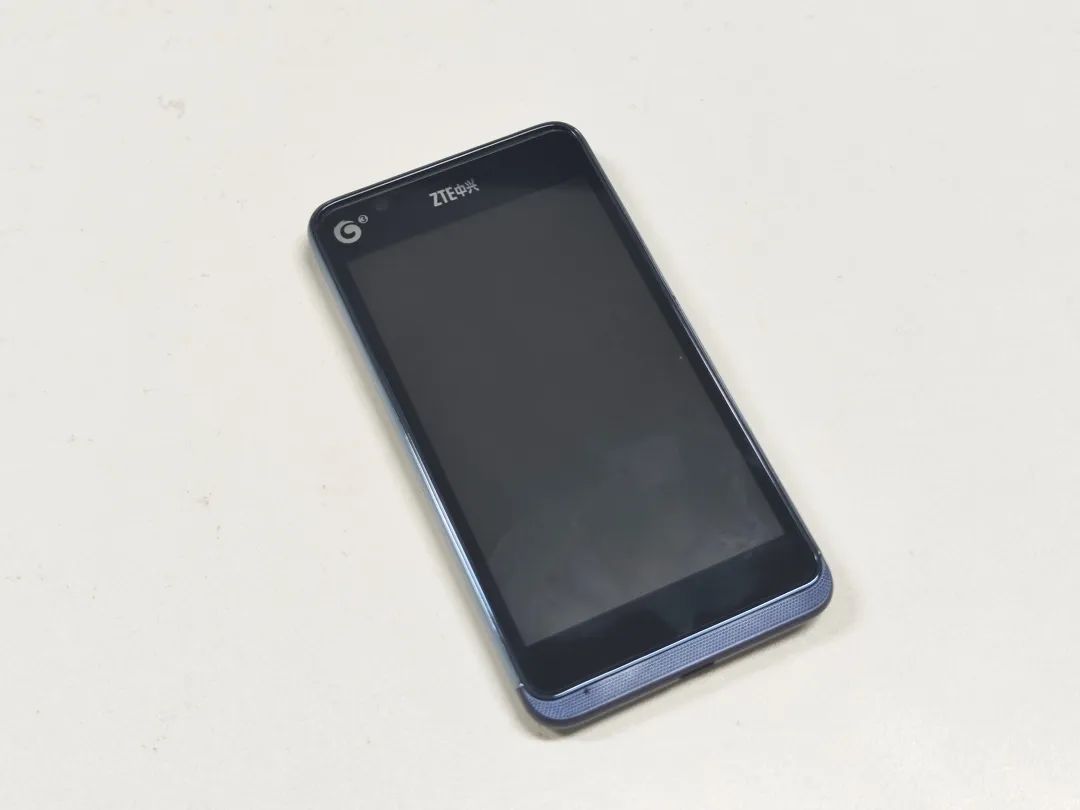 Generally speaking, the models that attract high attention in the market are usually high-priced flagship models, and budget-level phones struggle to become market hotspots. The ZTE U950 is no exception. Looking back now, the ZTE U950 does indeed have many regrets in its configuration, and the later released Beidou Little Pepper Q1 is evidently more worthy of purchase. If it weren’t for my financial constraints at the time, I might not have paid attention to this product.
Of course, for me, the ZTE U950 holds even greater significance—it represents my university memories. No matter how many regrets this product has or how uncomfortable it is to use when looking back now, it was the first phone I saved up to buy. Seeing this nearly new phone lying in its long-sealed packaging, I quietly feel the passage of time.
This feeling is truly wonderful.
-Don’t forget to follow after reading-
Generally speaking, the models that attract high attention in the market are usually high-priced flagship models, and budget-level phones struggle to become market hotspots. The ZTE U950 is no exception. Looking back now, the ZTE U950 does indeed have many regrets in its configuration, and the later released Beidou Little Pepper Q1 is evidently more worthy of purchase. If it weren’t for my financial constraints at the time, I might not have paid attention to this product.
Of course, for me, the ZTE U950 holds even greater significance—it represents my university memories. No matter how many regrets this product has or how uncomfortable it is to use when looking back now, it was the first phone I saved up to buy. Seeing this nearly new phone lying in its long-sealed packaging, I quietly feel the passage of time.
This feeling is truly wonderful.
-Don’t forget to follow after reading-




